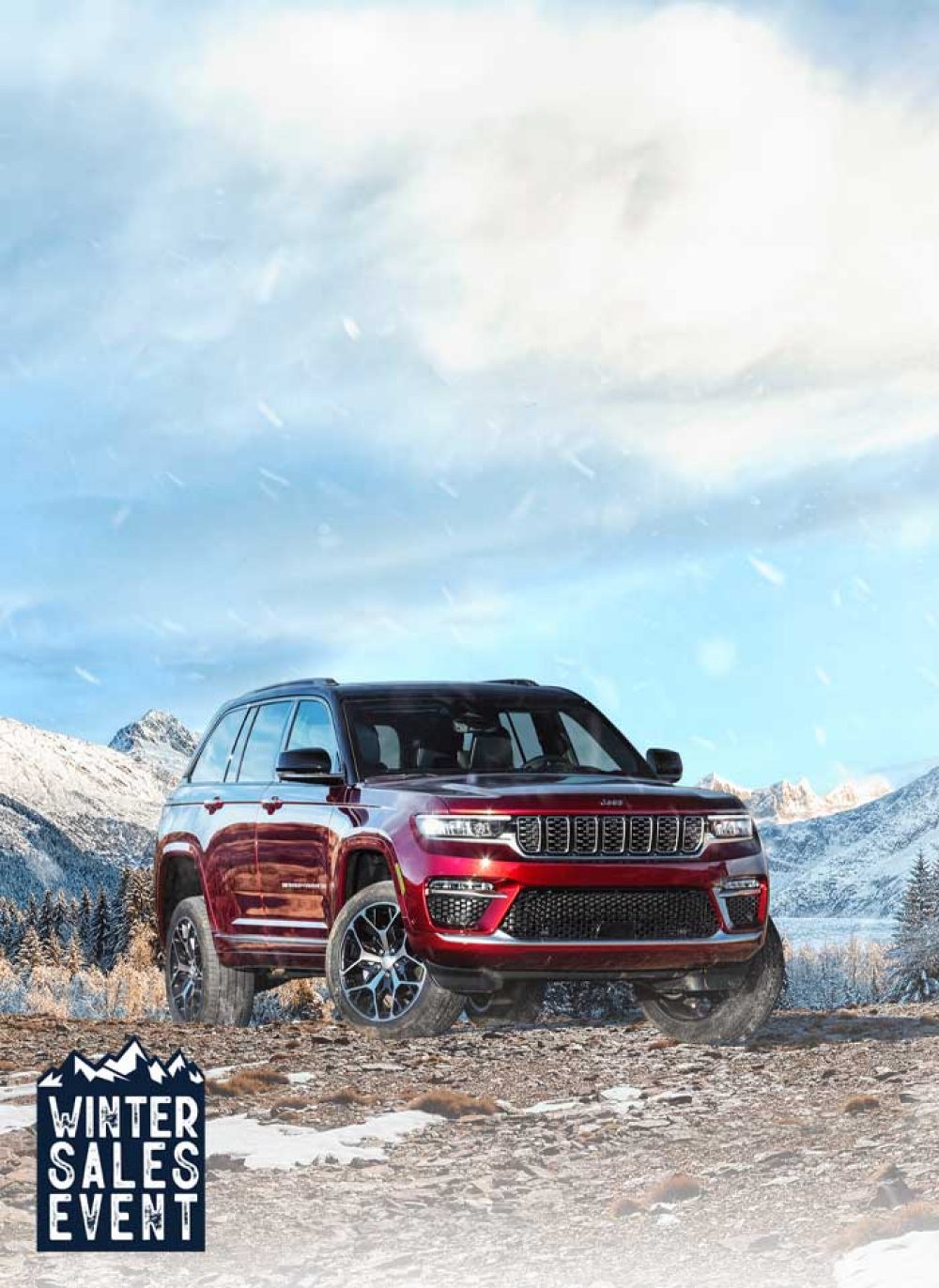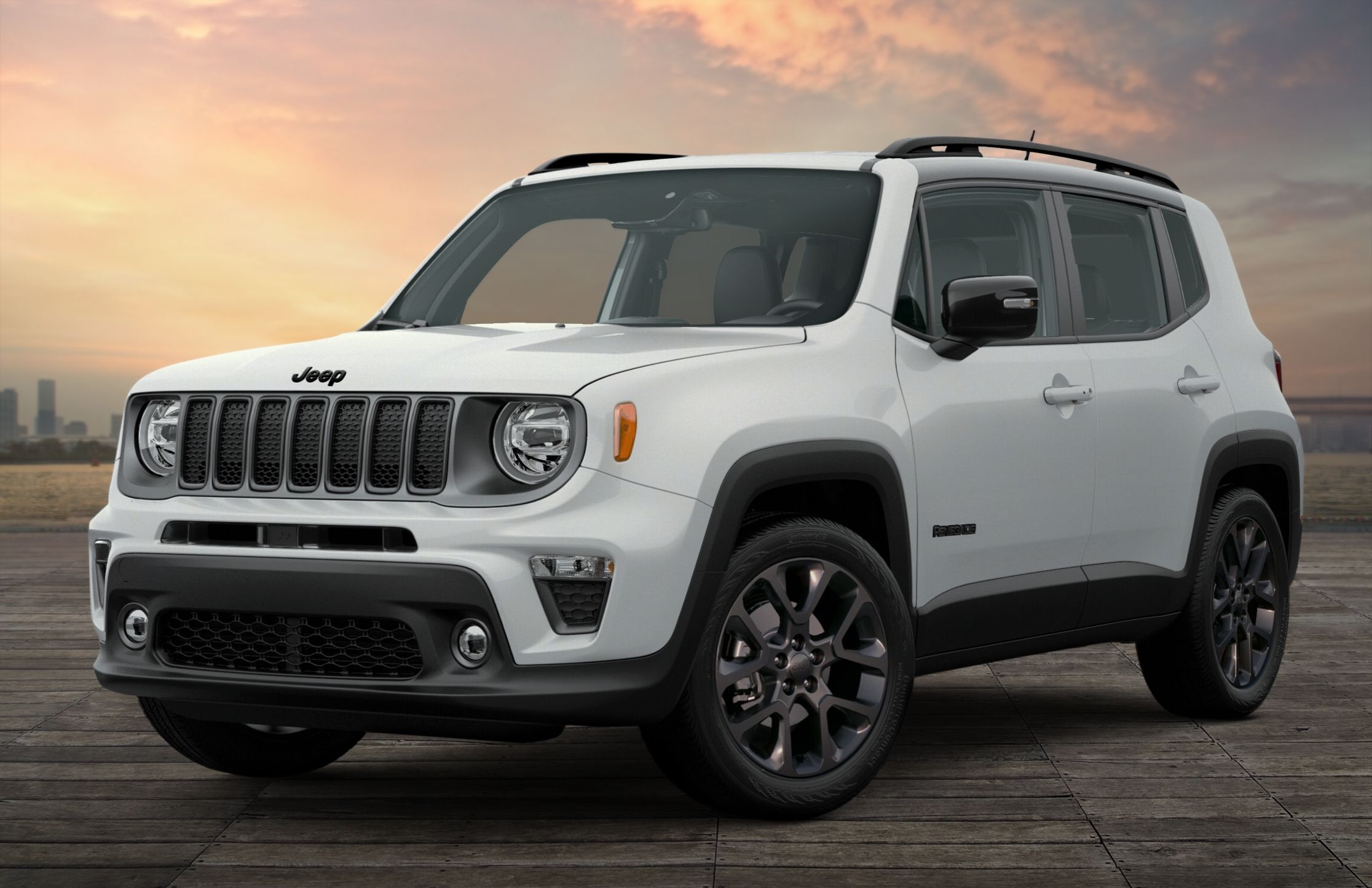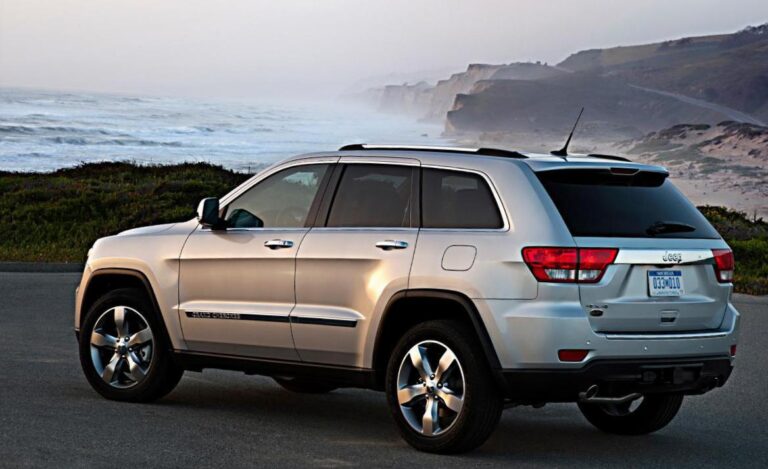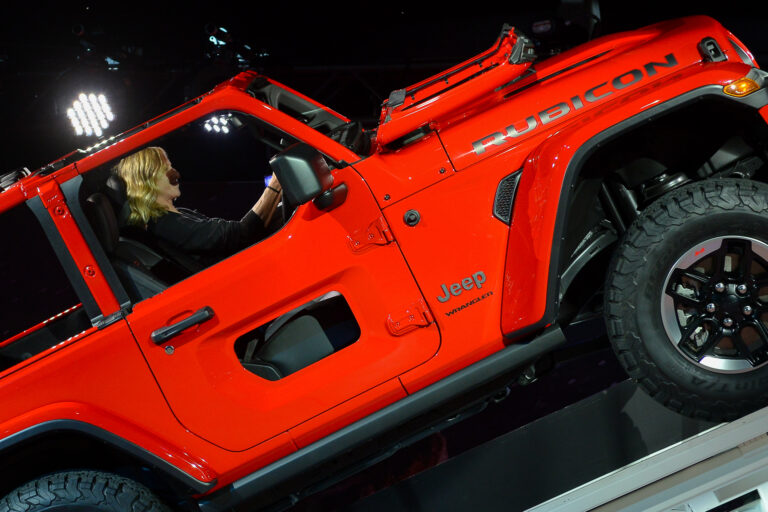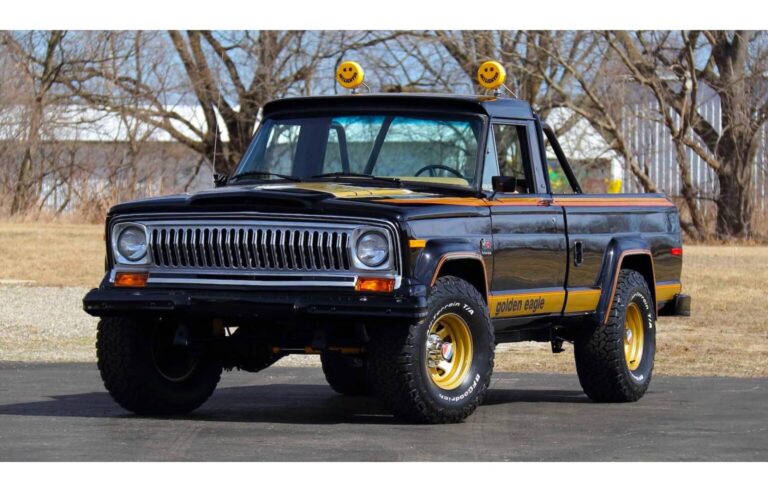Jeep XJ Supercharger Kit For Sale: Unleash the Untapped Power of Your Classic Cherokee
Jeep XJ Supercharger Kit For Sale: Unleash the Untapped Power of Your Classic Cherokee jeeps.truckstrend.com
The Jeep Cherokee XJ, an icon of rugged simplicity and go-anywhere capability, holds a special place in the hearts of off-road enthusiasts and daily drivers alike. Its legendary 4.0-liter inline-six engine is renowned for its reliability and torque, but let’s be honest, in today’s world of ever-increasing horsepower, the XJ can sometimes feel a bit… understated. What if you could dramatically transform your XJ’s performance, turning it from a capable workhorse into an absolute powerhouse, without sacrificing its legendary durability?
Enter the Jeep XJ Supercharger Kit. This aftermarket modification is designed to bolt directly onto your 4.0L engine, force-feeding it more air and thus unlocking significant gains in horsepower and torque. For those looking to conquer more challenging trails, effortlessly tow heavier loads, or simply enjoy a more exhilarating driving experience on the pavement, a supercharger kit for your XJ isn’t just an upgrade – it’s a revelation. This comprehensive guide will delve into everything you need to know about purchasing, installing, and living with a supercharger kit for your beloved Jeep Cherokee XJ.
Jeep XJ Supercharger Kit For Sale: Unleash the Untapped Power of Your Classic Cherokee
Understanding the Jeep XJ Supercharger: What It Is and Why You Need It
A supercharger is a type of forced induction system that compresses air and forces it into the engine’s combustion chambers. Unlike a turbocharger, which is exhaust-driven, a supercharger is mechanically driven by the engine’s crankshaft via a belt. This direct connection provides instant boost, eliminating the "turbo lag" often associated with turbocharged setups.
For the Jeep XJ’s venerable 4.0L inline-six, a supercharger addresses its primary limitation: the naturally aspirated engine’s inherent horsepower ceiling. While the 4.0L is a torque monster at lower RPMs, it tends to run out of breath at higher speeds or under heavy loads, especially when burdened by larger tires, heavy armor, or recovery gear. A supercharger dramatically increases the amount of oxygen available for combustion, leading to a much more powerful explosion with each cylinder firing.
The benefits are immediate and profound:
- Significant Horsepower & Torque Gains: Expect increases of 40-60% in both figures, transforming your XJ’s acceleration and climbing ability.
- Enhanced Drivability: Smoother power delivery, less need to downshift, and improved passing power on the highway.
- Unleashed Off-Road Potential: More low-end grunt for crawling over obstacles and high-RPM power for conquering steep inclines.
- Improved Towing Capacity: Effortlessly haul trailers, boats, or other heavy loads that once strained your XJ.

In essence, a supercharger breathes new life into an aging but robust engine, making your XJ feel like a completely different, much more capable vehicle.
Key Benefits of Installing a Supercharger on Your Jeep XJ
The decision to supercharge your Jeep XJ is often driven by the desire for more power, but the practical benefits extend far beyond just bragging rights.

- Dramatic Power Increase: This is the most obvious and compelling reason. A stock 4.0L typically puts out around 190 horsepower and 225 lb-ft of torque. With a supercharger, these figures can easily jump to 250-300+ horsepower and 300-350+ lb-ft of torque, depending on the kit, boost level, and supporting modifications. This translates directly to quicker acceleration, easier highway merging, and superior passing capabilities.
- Enhanced Off-Road Capability: For off-road enthusiasts, torque is king. A supercharger provides a massive boost in low-end torque, making rock crawling, mud bogging, and hill climbing significantly easier. The added power means less strain on the drivetrain, reducing the likelihood of getting stuck or damaging components due to lack of power.
- Improved Towing Performance: Whether you’re towing a small camper, a utility trailer, or another vehicle, the stock XJ can feel underpowered. A supercharger drastically improves towing performance, allowing your Jeep to maintain speed on inclines and accelerate with ease, making long hauls less stressful and more efficient.
- Better Drivability and Responsiveness: The instant power delivery of a positive displacement supercharger means there’s no waiting for boost to build. The engine feels much more responsive to throttle input, providing a driving experience that is both exhilarating and smooth. You’ll find yourself downshifting less often, and the XJ will feel much more nimble, even with larger tires.
- Retained Reliability (with proper installation): Unlike complex engine swaps that can introduce unforeseen compatibility issues, a supercharger kit is designed to integrate seamlessly with the existing 4.0L engine. When installed correctly and tuned properly, the legendary reliability of the 4.0L can be maintained, ensuring your enhanced XJ remains a dependable workhorse.
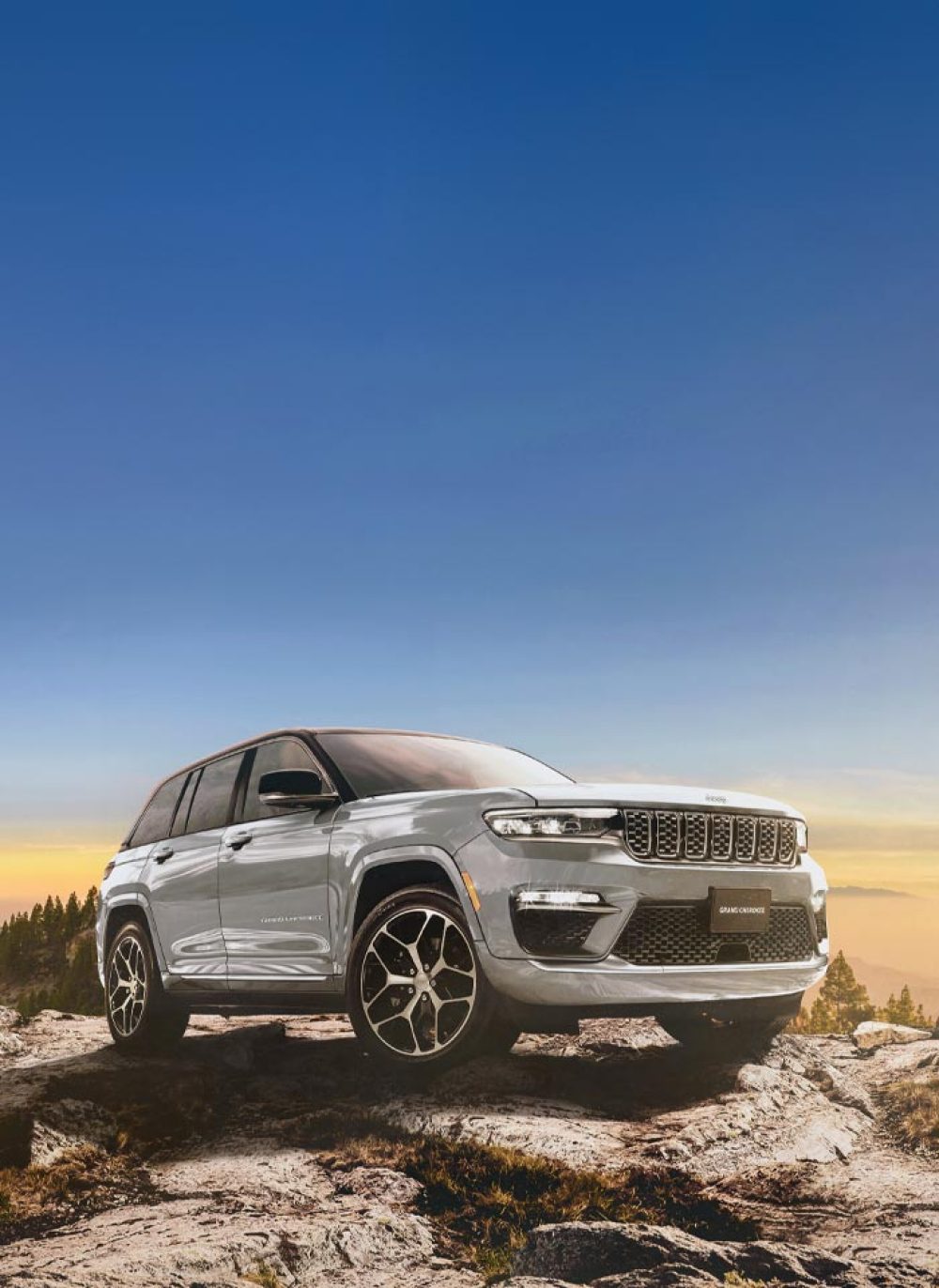
Types of Supercharger Kits Available for the Jeep XJ
While several forced induction options exist, the vast majority of supercharger kits for the Jeep XJ utilize positive displacement superchargers, primarily Roots-type or Twin-Screw designs.
- Roots-Type Superchargers: These are among the oldest supercharger designs. They use two counter-rotating lobes to draw air into the housing and push it out at higher pressure. They are known for their strong low-end torque delivery and characteristic "whine." Brands like Magnuson (which acquired the former Kenne Bell design for some applications) and early Sprintex kits often use this design or a refined variant.
- Twin-Screw Superchargers: A more advanced form of positive displacement, twin-screw superchargers use two intermeshing screws to compress air more efficiently internally. This results in higher thermal efficiency, less heat generation, and often a quieter operation than traditional Roots blowers. Sprintex is a prominent manufacturer offering twin-screw kits for the XJ.
Key Differences for XJ Owners:
- Power Delivery: Both types offer immediate, off-idle boost, which is ideal for the XJ’s heavy nature and off-road applications.
- Efficiency: Twin-screw designs are generally more thermally efficient, meaning they generate less heat and can produce more power at the same boost level, or run cooler at the same power level.
- Packaging: Most XJ kits replace the stock intake manifold, sitting directly atop the engine, keeping the package relatively compact.
While Centrifugal Superchargers (which look more like a snail-shaped turbo and build boost with RPM) exist for other vehicles, they are less common for the XJ due to their power delivery characteristics being less suited to the 4.0L’s low-end torque focus and the packaging challenges in the XJ’s engine bay. For the XJ, a positive displacement supercharger is almost always the preferred and most effective solution.
What to Look For When Buying a Jeep XJ Supercharger Kit
Acquiring a supercharger kit is a significant investment. Whether new or used, careful consideration is key to a successful installation and reliable performance.
-
Completeness of the Kit: A "complete" kit should include:
- The supercharger unit itself (blower).
- New intake manifold designed to accept the blower.
- All necessary mounting brackets, pulleys, and belts.
- Larger fuel injectors and often a higher-flow fuel pump.
- A pre-calibrated ECU tune (or a tuning solution like a piggyback module).
- All necessary hoses, clamps, and hardware.
- An intercooler (air-to-air or air-to-water) is highly recommended for sustained performance and engine longevity, especially if running higher boost. Some kits include this, others offer it as an option.
-
Condition (if Used): If buying a used kit, inspect it thoroughly:
- Blower Unit: Check for shaft play, oil leaks, or excessive noise when spun by hand. The rotors should not show signs of contact with the housing.
- Components: Ensure all brackets are intact, pulleys spin freely, and wiring harnesses are undamaged.
- Completeness: Confirm all crucial components (especially injectors and tuning hardware) are present. Missing parts can be costly to source.
-
Compatibility: Ensure the kit is specifically designed for your XJ’s year and engine variant (e.g., Renix vs. HO 4.0L). While most kits are for the 1991-2001 HO 4.0L, double-check.
-
Tuning Solution: This is perhaps the most critical component.
- Pre-loaded ECU Flash: The easiest option, where a new tune is flashed directly to your XJ’s computer.
- Piggyback Module: An external module that modifies signals to the ECU.
- Custom Tuning: The best option for maximizing performance and safety, but requires a dyno and a skilled tuner. Ensure the kit provides a solid base tune to get started.
-
Intercooling: While some lower-boost kits might not include an intercooler, it’s strongly advised. An intercooler cools the compressed air before it enters the engine, leading to denser air (more power), reduced risk of detonation, and better long-term reliability.
-
Support & Documentation: Reputable manufacturers provide detailed installation instructions, technical support, and sometimes even videos. This is invaluable, especially for a DIY installation.
-
Brand Reputation: Stick with known brands that specialize in forced induction, like Sprintex or Magnuson (if applicable for XJ). Their experience translates to better-engineered, more reliable kits.
The Installation Process: A High-Level Guide
Installing a supercharger kit on a Jeep XJ is a significant undertaking that requires mechanical aptitude, proper tools, and patience. While a professional installation is often recommended, a skilled DIY mechanic can accomplish it.
-
Preparation:
- Gather all necessary tools (metric and standard sockets/wrenches, torque wrench, fluid drain pans, etc.).
- Disconnect the battery.
- Relieve fuel pressure and drain coolant (if required for manifold removal).
- Clean the engine bay to prevent contamination.
-
Engine Bay Clearance:
- Remove the stock airbox, intake tubing, and potentially the throttle body.
- Depending on the kit, the stock intake manifold may need to be removed.
- Relocate any interfering wires or hoses.
-
Mounting the Supercharger:
- Install the new supercharger-specific intake manifold.
- Mount the supercharger unit to the manifold using supplied brackets.
- Install new pulleys on the crankshaft and supercharger, and route the new serpentine belt.
-
Fuel System Upgrades:
- Replace the stock fuel injectors with the higher-flow units provided in the kit.
- Install the upgraded fuel pump (often in the fuel tank, requiring tank removal or dropping).
-
Intercooler Installation (if applicable):
- Mount the intercooler (typically in front of the radiator).
- Run the necessary plumbing (air-to-air charge pipes or coolant lines for air-to-water systems).
-
Sensor Relocation/Installation:
- Relocate or install new sensors (e.g., MAP sensor, IAT sensor) as per the kit instructions.
- Connect vacuum lines for the supercharger bypass valve and other components.
-
Wiring and ECU Tuning:
- Connect any new wiring harnesses for injectors, sensors, or tuning modules.
- Upload the base tune to your XJ’s ECU using the provided flashing tool. This is a critical step and must be done correctly.
-
First Start & Testing:
- Double-check all connections, hoses, and clamps.
- Refill fluids (coolant, oil).
- Prime the fuel system.
- Start the engine and immediately check for leaks (fuel, coolant, vacuum).
- Listen for unusual noises.
- Monitor gauges (especially a wideband AFR gauge, if installed) to ensure proper fueling.
Professional Installation vs. DIY: While DIY is possible, if you’re uncomfortable with complex engine work, wiring, or fuel system modifications, a professional installation is highly recommended. A reputable shop with forced induction experience can ensure correct installation, proper tuning, and peace of mind.
Important Considerations and Potential Challenges
Adding significant power to any vehicle brings a new set of considerations. For the XJ, these include:
- Engine Health: Your 4.0L engine must be in good condition. A supercharger will exacerbate existing issues like low compression, oil consumption, or worn bearings. A compression test and leak-down test are highly recommended before installation.
- Fuel System Capacity: The stock fuel system cannot handle the increased demand. Upgraded injectors and a higher-flow fuel pump are non-negotiable and should be part of any complete kit.
- Cooling System: More power equals more heat. An upgraded heavy-duty radiator, a high-flow water pump, and potentially an electric fan conversion are strongly advised to prevent overheating, especially during strenuous use.
- Drivetrain Durability: While the AW4 automatic transmission is robust, sustained high-horsepower use, especially with larger tires and heavy loads, can accelerate wear. Consider a heavy-duty transmission cooler. Axles and driveshafts may also become weak links if you frequently abuse the newfound power.
- Fuel Economy: Expect a decrease in fuel economy, especially if you’re frequently enjoying the supercharger’s boost. You’ll also need to run premium (91+ octane) fuel exclusively.
- Emissions Compliance: Check your local and state emissions regulations. Some supercharger kits are CARB (California Air Resources Board) legal for specific vehicles, while others may not pass stricter emissions tests.
- Noise: Positive displacement superchargers often produce a characteristic "whine" under boost, which some find appealing and others find intrusive.
Tips for Maximizing Performance and Longevity
To ensure your supercharged XJ performs optimally and lasts for years, follow these tips:
- Proper Tuning is Paramount: Never run a supercharger without the correct tune. An improper tune can lead to catastrophic engine failure. Consider a custom dyno tune after installation for optimal performance and safety, especially if you have other modifications.
- Always Use Premium Fuel: The increased compression and boost pressure require higher octane fuel to prevent pre-ignition (knocking).
- Regular, Enhanced Maintenance:
- Oil Changes: Perform oil changes more frequently (e.g., every 3,000 miles) with high-quality synthetic oil.
- Spark Plugs: Use "one step colder" spark plugs to help dissipate heat from the combustion chamber.
- Air Filter: Keep the supercharger’s air filter clean to ensure unrestricted airflow.
- Supercharger Oil: If your supercharger has its own oil reservoir, check and change it according to the manufacturer’s recommendations.
- Monitor Engine Parameters: Install aftermarket gauges, especially a wideband Air/Fuel Ratio (AFR) gauge and a boost gauge. These are crucial for monitoring engine health and ensuring it’s running safely. A transmission temperature gauge is also a good idea.
- Don’t Neglect Supporting Modifications: Investing in a supercharger without addressing cooling, fuel, and potentially drivetrain upgrades is like putting a race engine in a stock chassis – it won’t perform optimally and will likely break.
Price Table: Jeep XJ Supercharger Kit For Sale
The cost of a supercharger kit for your Jeep XJ can vary significantly based on whether you buy new or used, the brand, the completeness of the kit, and whether you opt for professional installation and additional supporting modifications.
| Item Category | Description | Estimated Price Range (USD) | Notes |
|---|---|---|---|
| New Supercharger Kit | Complete kit (blower unit, manifold, pulleys, fuel components, base tune) | $3,500 – $6,500+ | From reputable manufacturers like Sprintex or similar. Includes warranty. Prices vary based on features (e.g., intercooled). |
| Used Supercharger Kit | Kit bought from a private seller or salvage. Condition varies. | $1,500 – $3,500 | Thorough inspection is CRUCIAL. May require replacement parts (bearings, seals) or refurbishment, adding to the cost. |
| Professional Installation | Labor cost for a qualified mechanic to install the kit. | $800 – $1,500+ | Varies by shop rates, complexity of the kit, and any unforeseen issues. Highly recommended for complex installs. |
| Supporting Modifications (Highly Recommended) | |||
| Fuel Pump Upgrade | High-flow fuel pump (e.g., Walbro 255). Essential for proper fueling. | $100 – $250 | Often included in complete kits, but verify. |
| Larger Fuel Injectors | Matched to boost level. Usually included in kits. | $200 – $400 | If not included, critical to purchase the correct size. |
| Cooling System Upgrade | Heavy-duty radiator, electric fan upgrade, higher flow water pump. | $300 – $800 | Crucial for engine longevity and preventing overheating under load. |
| Gauges (Boost, AFR, Trans Temp) | Essential for monitoring engine health and performance. | $200 – $600 | Wideband Air/Fuel Ratio (AFR) gauge is paramount for safety. |
| Spark Plugs (Colder) | One step colder than stock (e.g., NGK, Denso). | $30 – $60 | Helps prevent pre-ignition/detonation. |
| Custom Dyno Tuning | Optimizing the ECU tune on a dynamometer for peak power and safety. | $400 – $1,000+ | Highly recommended after installation, especially with other mods, for maximum performance and reliability. |
| Total Estimated Cost (DIY – Used Kit) | $1,800 – $4,500+ | Assumes you do all labor and find a good, complete used kit. | |
| Total Estimated Cost (Professional Install – New Kit) | $5,000 – $9,500+ | Includes new kit, professional labor, and all recommended supporting modifications, representing a comprehensive upgrade. |
Note: Prices are estimates and can fluctuate based on market demand, availability, specific brands, and geographical location. Always get detailed quotes and verify kit contents before purchasing.
Frequently Asked Questions (FAQ) about Jeep XJ Supercharger Kits
Q: Will a supercharger damage my 4.0L engine?
A: Not if installed and tuned correctly, and if your engine is in good health beforehand. The 4.0L is very robust. However, improper tuning, excessive boost, or neglecting supporting modifications can lead to serious engine damage.
Q: What kind of fuel economy can I expect after supercharging?
A: You will likely see a decrease in fuel economy, especially when you’re "in boost." Expect a potential drop of 1-3 MPG in normal driving, and significantly more when accelerating aggressively. You’ll also be required to use premium (91+ octane) fuel exclusively.
Q: Do I need to upgrade my transmission or axles?
A: The stock AW4 automatic transmission is quite robust and can often handle moderate boost levels for street and light off-road use. However, for heavy off-roading, towing, or very high boost applications, a heavy-duty transmission cooler is a must, and a transmission rebuild with upgraded components might eventually be necessary. Axles generally hold up for street use, but with larger tires and increased power off-road, they become a potential weak link.
Q: Is a supercharger kit street legal?
A: This varies by state and country. The main hurdle is often emissions compliance. Some kits may have CARB (California Air Resources Board) Executive Orders, making them legal in certain states. Always check your local regulations before purchasing.
Q: Can I install the supercharger kit myself?
A: Yes, if you have advanced mechanical skills, a comprehensive set of tools, and meticulously follow the provided instructions. However, tuning is a critical step, and professional assistance may be required for optimal and safe performance, especially if custom tuning is needed.
Q: How much horsepower and torque will I gain?
A: Typically, you can expect a 40-60% increase over stock horsepower and torque figures. For a 190hp 4.0L, this means gains putting you in the 250-300+ hp range and similar torque figures. Actual gains depend on the specific kit, boost level, and supporting modifications.
Q: Does the kit require an intercooler?
A: Not all kits come with an intercooler, especially lower-boost designs. However, an intercooler (either air-to-air or air-to-water) is highly recommended. It cools the compressed air, leading to denser air (more power), reduces the risk of detonation, and significantly improves engine longevity and reliability, especially in hot climates or during sustained boost.
Q: What’s the maintenance like for a supercharged XJ?
A: Maintenance is similar to a stock XJ but with more attention to detail. This includes more frequent oil changes (often with synthetic oil), using colder spark plugs, checking supercharger oil (if applicable), and ensuring all belts and pulleys are in good condition. Regularly monitoring engine parameters with gauges is also crucial.
Concluding Summary
A Jeep XJ supercharger kit for sale represents one of the most transformative upgrades you can make to your classic Cherokee. It unlocks a level of performance that fundamentally changes the driving experience, making your XJ more capable on and off the road, and significantly more enjoyable to drive. From conquering challenging trails with newfound torque to effortlessly cruising highways, the benefits are undeniable.
However, this is not a plug-and-play modification. It requires careful consideration of the kit’s completeness, the health of your engine, and the necessity of supporting modifications like upgraded cooling and fuel systems. Whether you opt for a new kit with professional installation or a carefully vetted used kit for a DIY project, meticulous attention to detail and proper tuning are paramount for reliability and longevity.
By understanding the components, the installation process, and the critical considerations, you can confidently navigate the world of supercharged XJs. The investment in a supercharger kit isn’t just about adding power; it’s about unleashing the full, untapped potential of your legendary Jeep Cherokee XJ, ensuring it remains a formidable and exciting vehicle for years to come.
